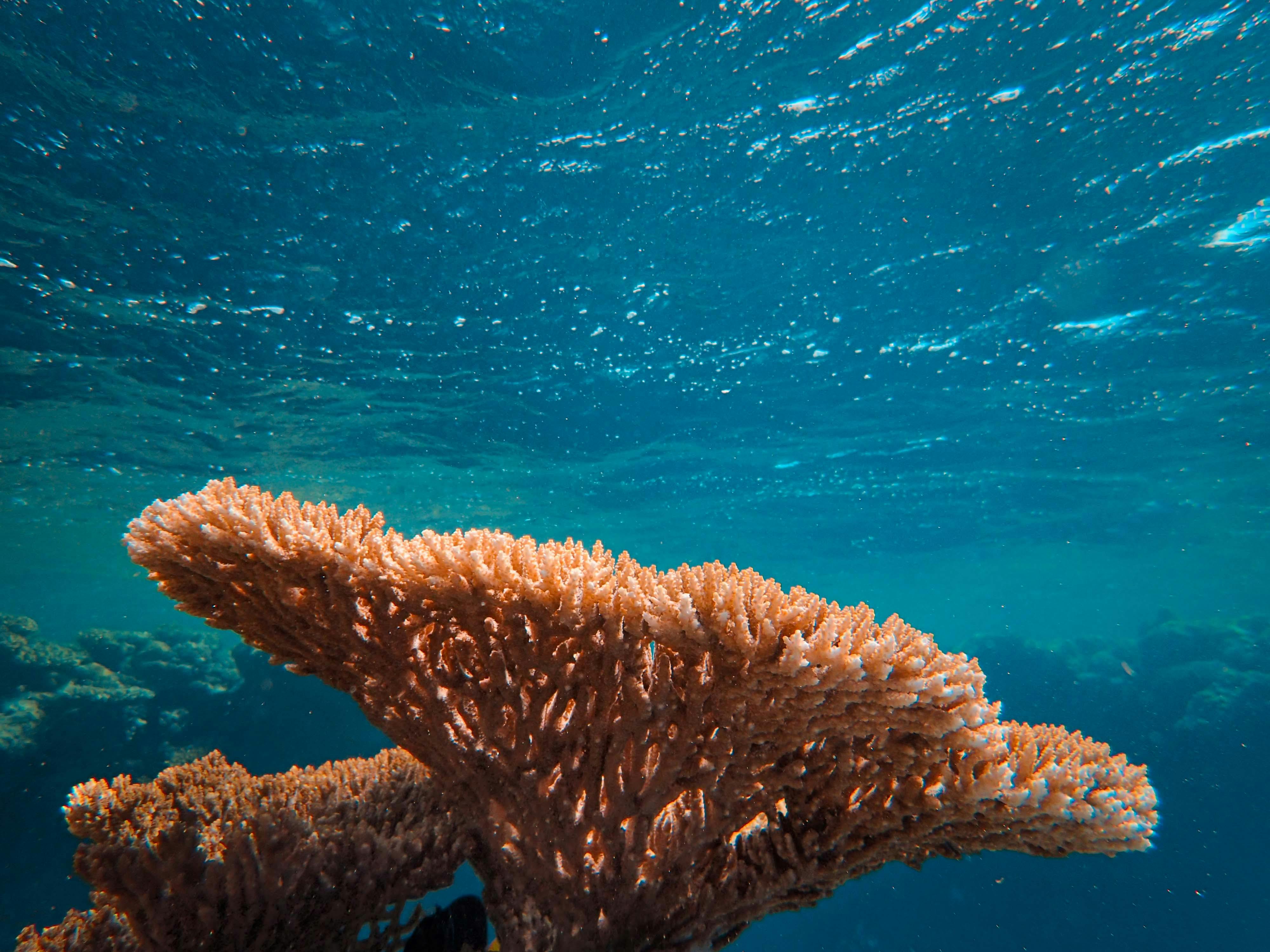Effective Ways to Include Pothos in Your Aquarium for Cleaner Water in 2025
Pothos, also known as Epipremnum aureum, is quickly becoming a favorite among aquarium enthusiasts due to its many benefits, including improving water quality and enhancing the aesthetic appeal of aquariums. Integrating pothos into your aquarium setup can provide a natural filtration system, as it helps absorb excess nutrients, reduces algae growth, and offers shelter for fish. This article will discuss various methods for including pothos in your aquarium, effective care practices, and maintenance tips, ensuring your aquatic environment remains healthy and beautiful.
Throughout this guide, you will learn about pothos’ light and water requirements, how to propagate it, and the different varieties you can choose from. Additionally, we will explore how to maintain the optimal environment for your pothos and the benefits it offers for both your aquarium and the fish within. Here’s what to expect:
- Understanding Pothos and Its Benefits
- Setting Up Your Aquarium with Pothos
- Maintaining Healthy Pothos Growth
- Common Pitfalls and Troubleshooting
- FAQs about Pothos in Aquariums
Understanding Pothos and Its Benefits
The Versatility of Pothos in Aquariums
Pothos thrives in a variety of environments, making it suitable for most aquarium setups. The plant can be submerged in water or left floating, adapting to the surroundings while enhancing the overall aesthetics of your aquarium. When submerged, pothos roots grow and become a natural filter for the water, utilizing nutrients efficiently. Pothos also offers numerous health benefits, such as providing hiding spaces for timid fish and reducing stress levels in the aquarium population.
Pothos Varieties: Choosing the Right Type
When selecting a pothos for your aquarium, you have several varieties to choose from, such as Golden Pothos, Marble Queen, and Neon Pothos. Each variety has its unique leaf color and growth pattern. Consider the look you want to achieve in your aquarium when selecting the right type. Golden Pothos, for example, has beautiful variegated leaves that can add a pop of color, while Marble Queen offers a striking white and green contrast.
Pothos Benefits for Aquarium Health
In addition to its aesthetic appeal, pothos provides functional benefits that significantly improve water quality. The plant absorbs excess ammonia, nitrates, and phosphates from the water, which can help reduce algae growth and clarity issues. Furthermore, the roots provide a breeding ground for beneficial bacteria that further assists in the natural filtration process, promoting a balanced ecosystem.
Setting Up Your Aquarium with Pothos
Pothos Aquarium Setup Essentials
To successfully integrate pothos into your aquarium, start by determining how you want to position the plant. You can either plant it in a substrate or let it float. For a more natural look, try using a potting setup, placing the plant in a lightweight aquarium-safe substrate, or using weighted baskets. Additionally, ensure you’re placing it in an area with adequate lighting, as this is essential for healthy growth.
Potting Pothos: Step-by-Step Guide
For optimal growth, potting pothos in your aquarium can be beneficial. Start by choosing a suitable pot with drainage holes. Fill it with a lightweight substrate that allows for good water flow and nutrient retention. Gently remove the pothos from its original soil, rinsing off excess dirt before placing it in the prepared pot. Ensure the roots have enough room to grow and start adjusting to their new environment.
Optimizing Lighting for Pothos
Pothos thrives in various light conditions; however, ensuring the right lighting setup is crucial for healthy growth. If placed fully underwater, a medium to bright light source is ideal, whereas if left floating, it can tolerate lower light levels. Consider introducing a combination of natural and artificial lighting, ensuring that the plant receives approximately 8-12 hours of light daily for optimal growth without risking overheating or overexposure.
Maintaining Healthy Pothos Growth
Pothos Water Requirements and Quality
Maintaining the correct water quality is vital for the health of pothos in aquariums. Ensure the water is chlorine-free, and test the pH level, which should ideally be around 6.0 to 7.5. Regular water changes and testing for ammonia and nitrate levels can help keep the water quality high. Regularly trimming any yellowing leaves also encourages new growth and nourishes the plant.
Pothos Nutrients: Feeding Considerations
Pothos plants may require additional nutrients in the aquarium setting, especially if planted deeply in the substrate. Use a slow-release aquarium fertilizer or supplement with liquid fertilizers specific for aquatic plants. This ensures your pothos receives the necessary nutrients to grow strong and healthy, while avoiding over-fertilization that can harm the fish.
Trimming and Maintenance Tips
To keep your pothos looking its best, regular trimming is essential. Remove any dead or yellowed leaves to promote healthier growth. Trimming also allows you to propagate new pothos plants, providing additional decor for your fish tank or sharing with fellow aquarists. Always use clean scissors to prevent disease transmission and ensure a healthy propagation process. Consider propagating your pothos cuttings in water for optimal growth conditions.
Common Pitfalls and Troubleshooting
Identifying Pothos Problems in Aquariums
While pothos is generally an easy plant to care for, several issues can arise in an aquarium environment. Brown or yellowing leaves may indicate over or under-lighting, while root rot can occur due to poor water circulation or excessive nutrients. Regularly inspecting your pothos for any signs of disease, pests, or nutrient deficiencies allows you to address problems before they become significant issues.
Common Pests and Diseases to Watch For
Pests such as aphids or mealybugs can occasionally affect pothos in aquariums. Regularly inspecting the plant and removing pests manually is usually sufficient for keeping them at bay. Additionally, fungal infections may arise if the plant is exposed to excessive moisture. If you notice mold or discoloring leaves, adjust your watering and lighting as needed.
Maintaining a Balanced Aquarium Ecosystem
A healthy aquarium ecosystem requires various elements to coexist harmoniously. The introduction of pothos aids in achieving this by acting as a natural filter and habitat for aquatic life. Ensure that your aquarium is well-maintained by regularly monitoring water quality, supporting healthy fish populations, and adjusting light and nutrient levels to align with plant growth and fish needs.
FAQs about Pothos in Aquariums
Can Pothos Survive Fully Submerged?
While pothos can thrive underwater, it may take time for the plant to adjust. Expect some initial leaf loss, but new growth should emerge as the plant acclimatizes. Ideally, pothos does best when part of the plant is above water, where it can benefit from higher light and air circulation.
How Often Should I Fertilize Pothos in My Aquarium?
Fertilization for pothos should be based on the plant’s growth stage and the aquarium’s nutrient availability. Generally, a diluted liquid fertilizer can be applied every 2-4 weeks during the growing season, ensuring you do not over-fertilize.
Is Pothos Safe for All Fish Species?
Pothos is considered safe for most fish species, providing shelter and improving water quality. However, always research compatibility with particular fish species in your tank to ensure their needs align with pothos’ growing requirements.
How Can I Create an Aesthetic Look with Pothos?
Incorporating pothos vines attractively can enhance your aquarium’s appearance. As seen in this photo, consider draping pothos over the edges of the aquarium or using driftwood to create a natural effect. Diversifying its placement and allowing vines to grow freely can create a lush underwater landscape.
What Are the Best Practices for Pothos Propagation?
To propagate pothos, cut healthy stems just below a node, place them in a water container, and wait for roots to develop. Once roots are 2-3 inches long, transfer the cuttings into your aquarium or a suitable potting medium, following the same care requirements as established pothos plants.

Integrating pothos into your aquarium setup provides an enjoyable and beneficial experience for both you and your fish. With careful consideration of its needs and proper maintenance, pothos can thrive, ensuring a vibrant, cleaner aquatic environment for years to come. Don’t hesitate to explore more about aquatic gardening and maximize these plants’ benefits in your freshwater ecosystems!

